Creating your desired color of paint can be an empowering and fun endeavor. Lime green, a captivating color, exudes vibrancy and refreshment, effortlessly infusing your art piece or home decor with an unexpected burst of energy and allure. However, the process of creating lime green paint remains a mystery. This guide will take you through the step-by-step process, illustrating how simple it can be to concoct your own custom color, specifically the lively and invigorating lime green.
What Colors Make Lime Green?
Lime green is a vibrant tertiary color formed by combining a primary color with a secondary color. This delightful hue adds a refreshing touch and can be achieved through a skillful blend of colors.
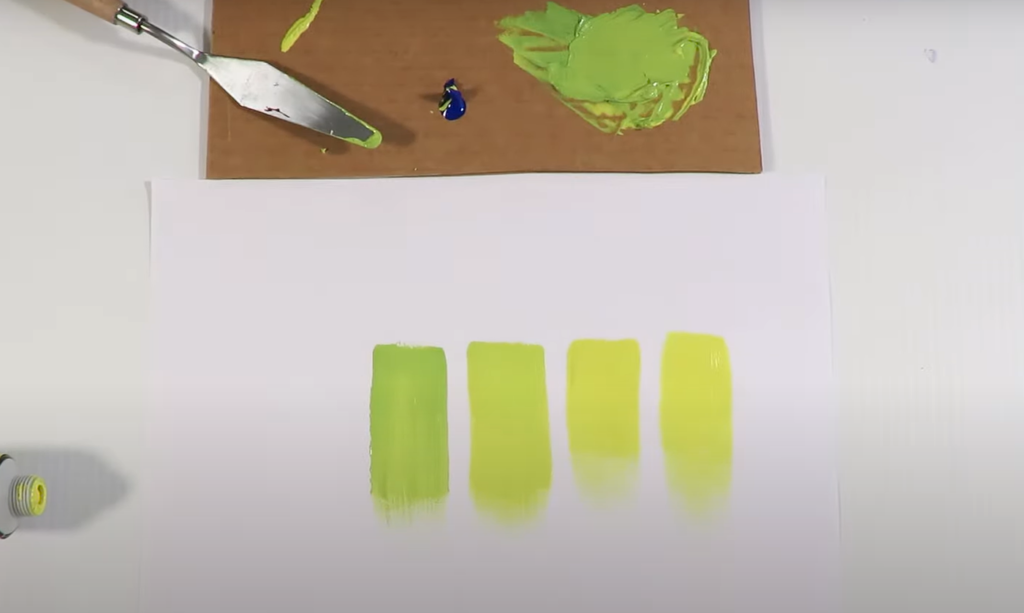
For this particular scenario, the primary color is yellow, while the secondary color is green. To create a vibrant lime green paint, begin by using yellow paint as your base. Next, begin adding green paint to it slowly and gradually.
To achieve a brighter lime green, add a touch more yellow. For a deeper hue, increase the amount of green used. Keep in mind that thoroughly mixing the paints is crucial to achieve a consistent color throughout.How to Make Lime Green with Two Primary Colors
To create a lime green shade, you can combine two primary colors: yellow and blue. This method might require a bit more precision and patience, but it is definitely doable. Here is how you can go about it:
- Start with a base of yellow paint. Yellow should make up the majority of your mix as it’s the lighter color and easier to darken than to lighten.
- Add a very small amount of blue paint. Since blue is a much stronger and darker color, a little goes a long way. Begin with just a drop or two and mix it thoroughly into the yellow.
- Observe the color. If it doesn’t look green yet, add another tiny drop of blue and mix again. Continue this process until you reach a simple green shade.
- To transform green into lime green, add more yellow. Lime green is a bright, light color, so don’t hesitate to use a generous amount of yellow.
- As always, remember to mix your paints thoroughly to ensure a consistent color.
How to Make Lime Green with One Primary Color
Although creating lime green with just one primary color can be challenging, it is certainly within the realm of possibility. Here’s how you can do it using yellow as your primary color:
- Start with a base of yellow paint. This will be the dominant color, so make sure you have plenty to start with.
- Instead of another primary color, you’ll be using a secondary color to achieve lime green — specifically, the color green. Slowly add green paint to the yellow base. Remember, it’s easier to darken a color than to lighten it, so go slowly and ensure you mix thoroughly each time.
- Monitor the color closely. Once you see a bright green form, stop. You’ve now created a version of lime green using just one primary color, yellow!
- If you want a lighter or darker hue, adjust as needed by adding more yellow or green, respectively.
- Always remember to mix the paints completely for a consistent color throughout.
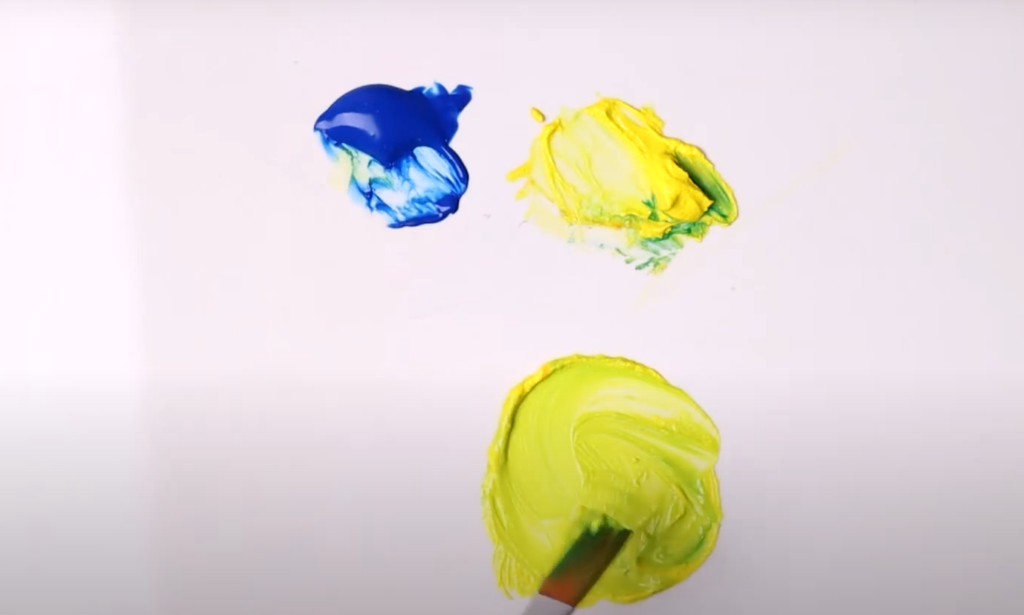
By using this method, you can create a variant of lime green with just one primary color, although the exact hue might differ slightly from the lime green achieved with two primary colors.
How To Make Lime Green Paint?
Get the paints and mix
Let’s explore creating lime green paint practically. Here are the steps you need to follow:
- First, gather all your materials. You’ll need yellow and green paint, a palette for mixing, a paintbrush or spatula for blending, and a clean, clear space to work.
- Start with a generous amount of yellow paint on your palette. Yellow dominates lime green, forming the majority of your mix.
- Gradually, start adding green paint to the yellow. Be cautious, adding only a little at a time. Remember, it’s easier to add more green if needed than to try to lighten the mix with yellow later.
- Blend the paints together thoroughly using your paintbrush or spatula. It’s crucial to mix well to ensure a consistent lime green hue.
- Continue to adjust the color as necessary. If your mix is too dark, add some more yellow. If it’s too light or too yellowish, add a bit more green. The final color should be vibrant and bright, a perfect lime green.
- Once you’re happy with the color, your lime green paint is good to go!
Add Yellow paint to the mixture
To add yellow paint, squeeze a dollop into your existing mixture on the palette. The amount of yellow you add now depends on the desired hue. To enhance the brightness of the green, incorporate additional yellow. Conversely, if you desire to maintain a richer shade of green, consider using a smaller quantity. Keep in mind that it’s generally simpler to make a color darker than to lighten it. Therefore, when adding yellow, do so gradually and in small amounts. Make sure to thoroughly mix it before determining if additional yellow is necessary. Exercise patience and thoroughly blend until achieving the desired hue of vibrant lime green.
Making Lime Green Color without Yellow Paint
Producing a vibrant lime green hue without the use of yellow paint may appear daunting at first, but with a touch of ingenuity, it is indeed attainable. Here’s how you can approach it:
- Start with a base of white paint. This will help to soften the other colors you will use, which is essential as lime green is a relatively light color.
- Then, incorporate a dash of green paint into the white base. Green will be the dominant color in this mixture, but remember to add it slowly and mix carefully, given that it’s easier to darken a color than to lighten it.
- Observe the color of the mixture carefully while adding the green. Once it achieves a gentle shade of green, cease adding any more.
- To achieve a more lime green hue, introduce a touch of orange into the color. Orange paint is essentially a combination of yellow and red, where the presence of yellow can assist in achieving the desired shade of lime green. However, since orange contains red—a color that is not found in the lime green hue—it is advisable to use it sparingly in order to avoid overpowering the blend. Start with a small amount, mix it in, and observe the results.
- Keep fine-tuning the color as needed. If the mixture appears too dark, incorporate additional white; if it lacks vibrancy, a touch more green or orange will do the trick. The ultimate aim is to achieve a vivid, luminous lime green hue.
- As a constant reminder, it is crucial to thoroughly blend your paints to achieve a uniform color throughout your artwork.
Making Lime Green Paint without Blue Paint
Achieving the vibrant hue of lime green without the aid of blue paint may present a slight challenge, but fear not, for it is within your reach!
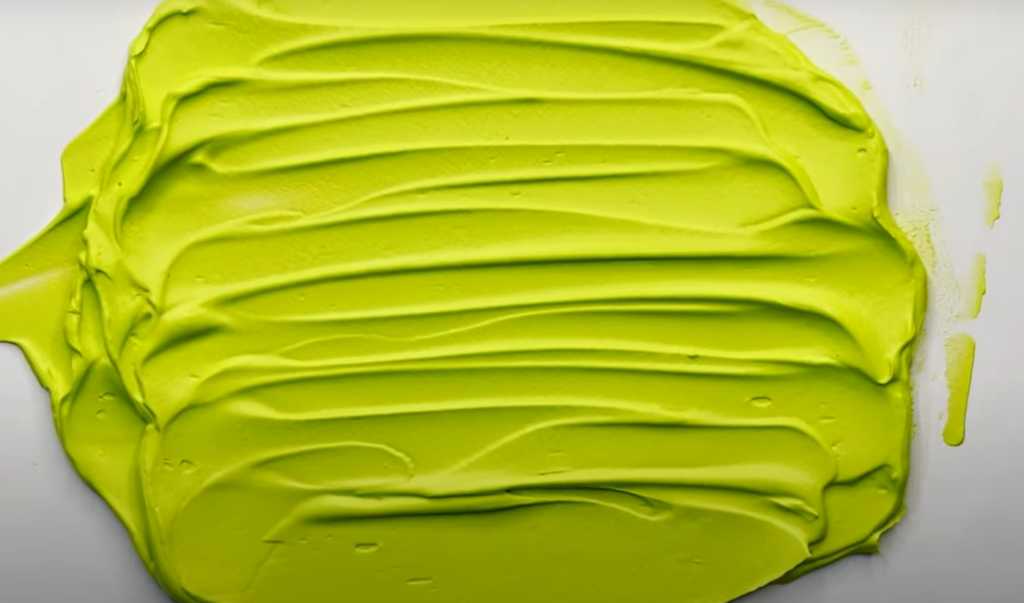
Allow me to guide you through the process:
- Start with a base of yellow paint. Yellow is a primary color that forms the backbone of lime green, so it should make up most of your paint mixture.
- Now, instead of using blue to create green, use green paint itself. Add green paint slowly to the yellow base.
- Remember, it’s easier to darken a color than lighten it, so gradually add the green and mix thoroughly each time.
- Observe as the color gradually reveals itself. Once a bright green starts appearing, stop. By combining yellow and green paints, you can create a beautiful shade of lime green.
- To fine-tune the hue, add more yellow or green paint as needed.
- Always mix paints thoroughly for a uniform color.
How to Make the Best Lime Green Paint
Measure the paint
Accurate measurement is crucial for achieving the perfect lime green shade. Here’s how to measure the paint:
- To make a basic lime green mix, use a 2:1 ratio of yellow to green paint. For example, using 2 tablespoons of yellow paint would require 1 tablespoon of green. This is not an exact science, and the amount can depend on the specific paints you’re using, but it’s a good starting point.
- Always use a proper tool, like a measuring spoon, to measure out your paints. This will ensure consistency and accuracy.
- Mix the measured paints thoroughly on your palette, and observe the resulting color. If it’s too yellow, add green paint in small amounts, like a teaspoon at a time.
- Keep adjusting the color by adding paint until you achieve the desired lime green shade.
Mix the colors
Mixing your paints is a crucial step in achieving the exact hue of lime green you desire. Start by adding your carefully measured yellow paint to a pristine mixing palette. Next, gradually incorporate the green paint, blending as you go, to ensure the colors integrate smoothly. While mixing, closely observe the progressing color. If the mixture appears excessively yellow, add a touch of green paint to achieve the desired balance.
Add the extra color slowly to avoid drastically changing the hue. Once you’re content with the color, your lime green paint is now primed for use!Adjust the tone as desired
By fine-tuning the tone of your lime green paint, you have the freedom to personalize the shade according to your own preferences.
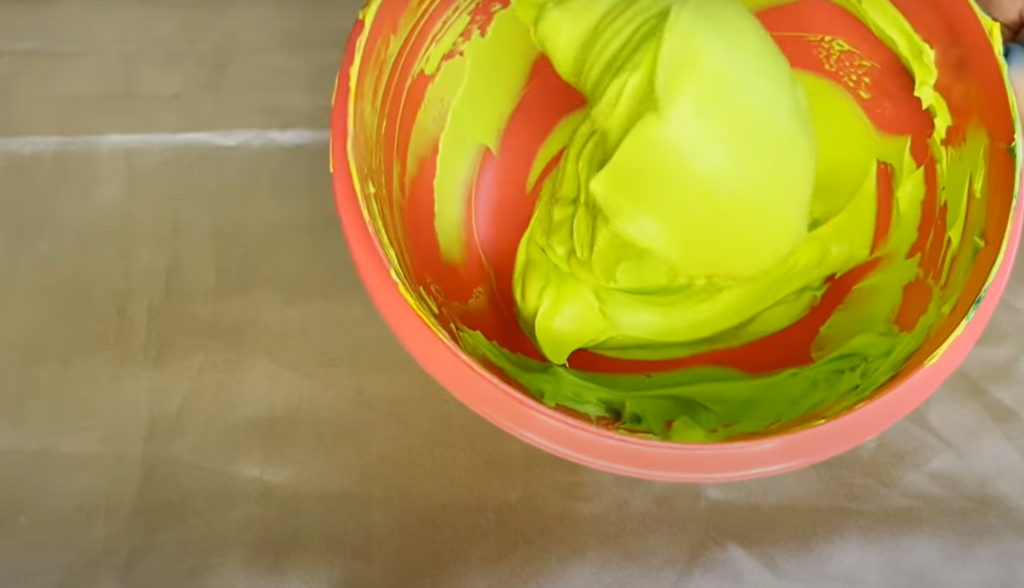
If the intensity of your lime green paint is too vibrant for your taste, you have the option to soften it to your preference. Here’s how:
- To deepen the shade, simply incorporate a hint of black paint. Exercise caution and add only a minimal quantity at a time. The color black possesses an inherent strength that can easily overshadow the vibrant lime green, resulting in a muddled appearance. Mix it well and evaluate the result after each addition.
- To lighten the shade, add white paint. Similar to the black paint, be sure to add it gradually and mix it thoroughly each time. Using a lighter shade of lime green can evoke a gentle and soothing atmosphere with a subtle pastel touch.
- If your lime green appears too vibrant, consider toning it down. One way to achieve this is by incorporating a small amount of its complementary color, which in this case is red. However, be cautious and add the complementary color sparingly to prevent your mixture from turning brown.
How to Make Lime Green with Acrylic Paint?
Achieving a vibrant lime green shade with acrylic paint is a simple and accessible process that aligns with the fundamental principles of mixing any type of paint. Allow me to provide you with a step-by-step guide:
- Start with base colors: yellow and green. Use more yellow paint for lime green, a light and vibrant shade.
- Next, add the yellow paint to your mixing palette. Remember to maintain the same ratio as before (2:1). Begin with two parts yellow, then incorporate one part green.
- Start by adding the green paint in small increments, ensuring a gradual integration. This method prevents the color from becoming too dark too quickly.
- Monitor the color closely while mixing. If it’s too yellow, add more green. If it’s too green or dark, add more yellow.
- To modify the tone, you can darken it by adding a touch of black or lighten it by incorporating a hint of white.
- Remember to use these colors sparingly, as they can dramatically alter the final color if you’re not cautious.
- After attaining the ideal hue of lime green, your paint is now prepared for use!
FAQ
Does yellow and green make lime?
Indeed, when yellow and green paint are combined, they can create a vibrant hue known as lime green. Lime green exudes vibrancy and brightness, leaning towards the yellow side of the color spectrum. Hence, when blending your paints, it is customary to begin with a generous portion of yellow and gradually incorporate green until you attain the intended shade.
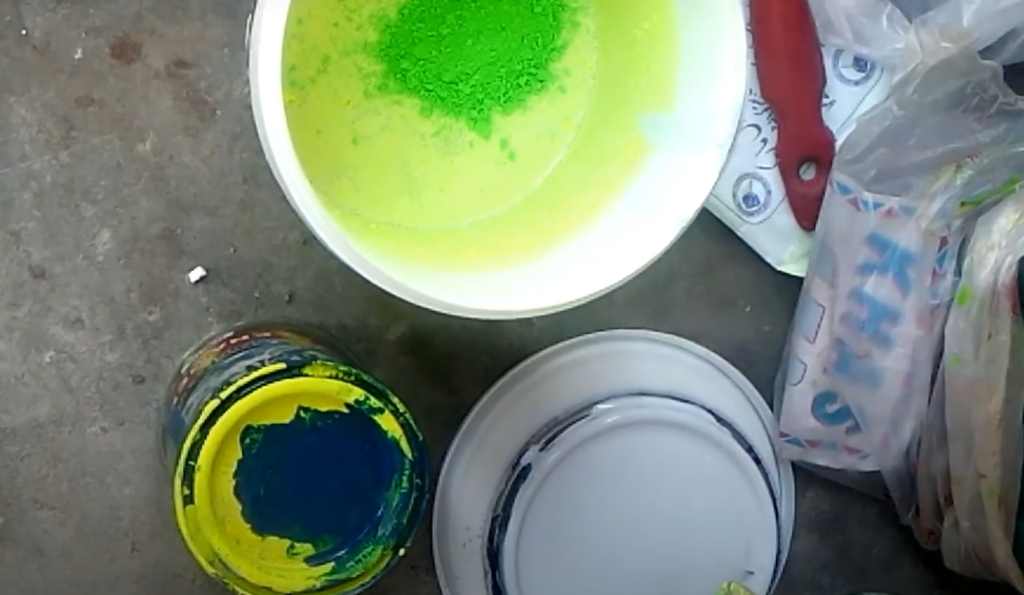
Nevertheless, the precise hue might differ based on the particular brands and types of paint employed. Exploring various ratios is a wise approach to discover the ideal shade of lime green for your project. Remember, creating the perfect color mix is as much an art as it is a science, and it often requires a bit of trial and error.
What colors make neon lime green?
To create a vibrant neon lime green color, follow the initial steps for making a basic lime green, but don’t forget the extra step to enhance its brightness level. Begin with the foundational hues of yellow and green. To achieve a lime green shade with a yellowish tinge, it is recommended to use a higher proportion of yellow compared to green. However, the key aspect lies in achieving the captivating “neon” effect, which necessitates the addition of fluorescent or neon paint in either yellow or green hue to your mixture.
Experiment with amounts to achieve your desired shade. It’s important to keep in mind that the process of mixing colors is a delicate balance between science and art, requiring a bit of experimentation before you find the perfect shade.What is lime green paint?
Lime green paint is a vivacious and dynamic color that falls between the hues of green and yellow on the color spectrum. As the name suggests, it closely resembles the color of the skin of a lime fruit. The color is frequently linked to nature and the arrival of spring, representing the concepts of growth and rejuvenation. It is a widely favored option in interior design for areas where one seeks to evoke a sense of vibrancy and imagination, such as a child’s playroom or a creative workspace. In art, lime green paint is commonly used for bright highlights and conveying energy. The exact shade may vary by paint brand and type. Mixing lime green with other colors allows for a range of shades and tones.
How do you color lime paint?
Coloring lime paint follows similar principles as coloring other types of paint.
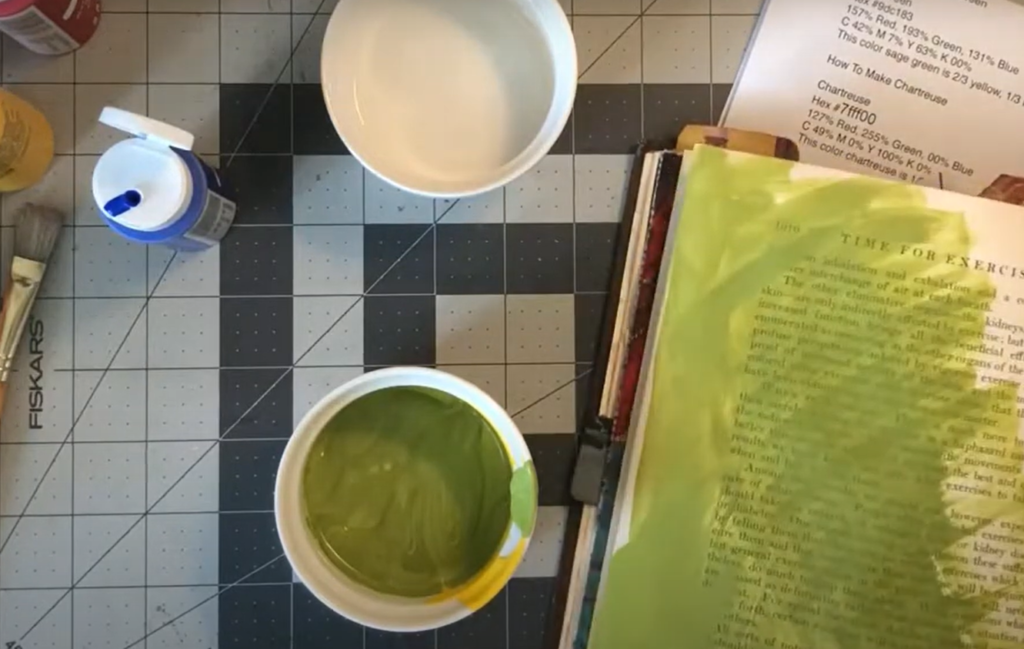
Below is a comprehensive guide, outlining a step-by-step process:
- Start with your base lime paint. Ensure that it’s well-mixed and free from any clumps or lumps.
- Choose your pigment. Pigments are available in various forms, such as powder or liquid, and can be bought from art and craft stores or online.
- Gradually add the pigment to the lime paint, mixing thoroughly as you go. It’s essential to add the pigment slowly to avoid over-saturating the paint.
- Add pigment until you reach the desired color. Keep in mind that the dried color may differ slightly from the wet paint, so consider doing a test patch beforehand.
- Once your paint has reached the perfect color, it is ready for use!
What colors make lemon green?
Lemon green is a delightful, lively shade of green with a distinct hint of yellow, reminiscent of the ripe lemon’s peel. To achieve this charming color, simply combine yellow and green paint. Here’s a detailed, step-by-step guide:
- Start with your base colors. For lemon green, use yellow and green. Use more yellow paint as lemon green is a bright, yellow-toned shade.
- Include the yellow paint in your palette. If you start with three parts of yellow, then add one part of green.
Gradually mix in the green paint. Add the paint in smaller quantities to avoid quickly darkening the color. - Monitor the color closely while mixing. If it’s too yellow, add a touch more green. If it’s too dark or green, add more yellow.
Once you have achieved the perfect lemon green shade, your paint is ready to use!
What two colors make lime?
The color lime is typically achieved by combining shades of green and yellow. Here’s a step-by-step guide on how to create it:
- To start, use yellow and green as your base colors. When creating lime, you typically begin with a larger amount of yellow as lime is a vibrant shade of green with a yellow undertone.
- Add yellow paint to your palette. If you have three parts yellow, add one part green.
- Start by gradually incorporating the green paint into the mixture. It’s important to add the paint in smaller portions to avoid the color becoming too dark too quickly.
- Carefully monitor the color as you mix, paying close attention. If it appears too yellow, incorporate a touch more green. Conversely, if it appears excessively green or dark, introduce additional yellow.
After reaching the desired shade of lime, your paint is now prepared for use!
Is lime green green?
Certainly, lime green is indeed a variant within the spectrum of green hues. Yet, it is not the conventional shade of green. This color is a lively and radiant shade, positioned between yellow and green on the color spectrum. As the name suggests, it closely resembles the color of the outer skin of a lime fruit. The precise hue may differ based on the paint brand and type, but it consistently combines yellow and green, with a tendency towards the yellow end of the spectrum. Although lime green is often classified as a shade of green, it possesses a noticeable yellow undertone that distinguishes it from other conventional shades of green.
Is it lime green or lemon green?
Lime green and lemon green are both unique shades that belong to the green color spectrum. As mentioned earlier, lime green is a vibrant hue that resides between the colors of yellow and green. It exudes a lively and refreshing essence, captivating the eye with its unique shade. The name of this is derived from the color of the lime fruit’s skin, exhibiting a vibrant yellow undertone. Lemon green is a light, bright shade of green with a noticeable yellow hue, like the skin of a ripe lemon. Both colors, lime green and lemon green, are derived from a yellow and green combination. Lime green is vibrant and leans towards yellow, while lemon green is lighter and more subdued. Choosing between lime green and lemon green depends on the shade you want to achieve and the overall aesthetic you’re aiming for in your design or artwork.
What color is light lime green?
Light lime green is a paler rendition of the conventional lime green color. This hue is achieved by incorporating a generous quantity of white into lime green paint, producing a lighter, more subdued shade.
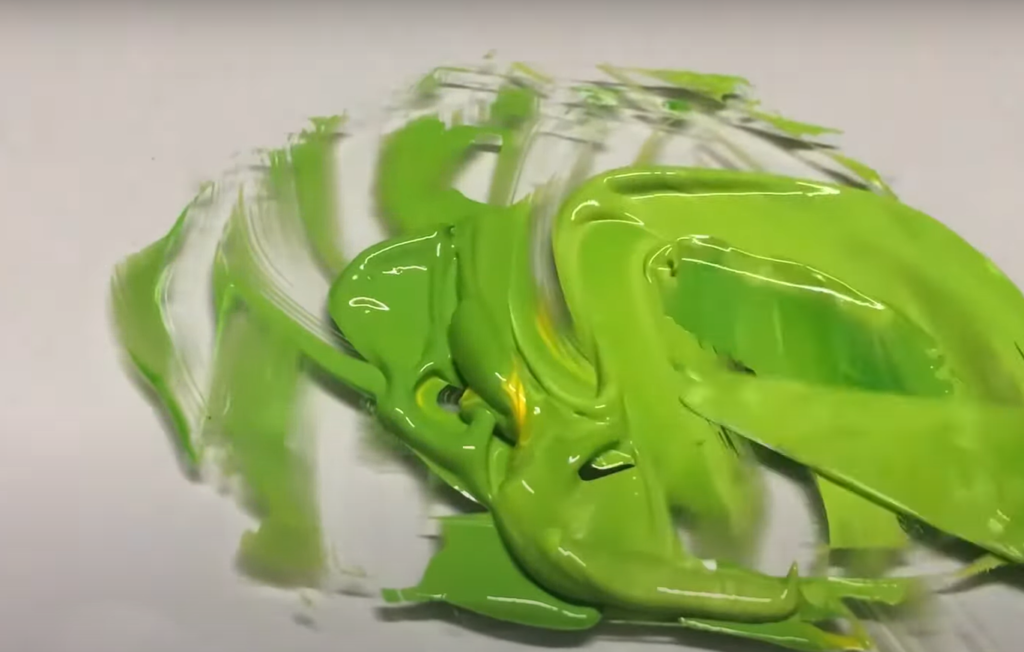
The specific hue may vary based on the quantity of white incorporated, but light lime green usually retains the lively and dynamic qualities of regular lime green, while presenting a gentler and cooler visual appeal. Similar to lime green, light lime green falls within the spectrum between yellow and green. However, its added lightness imparts an almost pastel-like quality to this hue. It’s a great color for spaces and designs where you want to invoke a feeling of freshness and vitality, but also want a serene, calming influence.
Is Lime Green Neon green?
Although lime green and neon green may appear similar at first glance, they are actually unique shades that belong to the broader spectrum of green colors. Neon green, a vivid and intensely bright hue of green, is frequently linked to fluorescent or “glow in the dark” colors. Its vibrant shade adds a striking touch to any visual display or design. On the other hand, lime green is a bright hue that falls between yellow and green, named after the color of lime fruit’s skin. Neon green is usually more vibrant and visually striking than lime green. However, both colors are undeniably energetic and can add a pop of brightness to any design or artwork, each in its unique way.
Useful Video: How To Make Lime Green With Primary Colors With Variations
Conclusion
In conclusion, lime green is a vibrant color that falls between yellow and green on the color spectrum. To achieve this unique hue, carefully mix green and yellow paint, using a larger quantity of yellow. Creating lime green, or any specific color, is both an art and a science that may require a few attempts to perfect. Lime green comes in various shades, such as light lime green and neon green, each possessing its own unique characteristics. Understanding these subtle differences is crucial for artists, designers, and anyone seeking the perfect shade for their project. Regardless of the specific shade, lime green brings an undeniable vitality and freshness to any design or artwork.
References:
- https://www.ehow.com/how_5798175_make-lime-green-paint.html
- https://www.paintfits.com/how-to-make-lime-green-paint/
- https://paintcentric.com/how-to-make-lime-green-paint/#google_vignette
- https://drawpaintacademy.com/how-to-mix-green/
- https://marketingaccesspass.com/what-colors-make-lime-green-what-two-colors-make-lime-green/
- https://www.wikihow.com/Make-Sage-Green-Paint



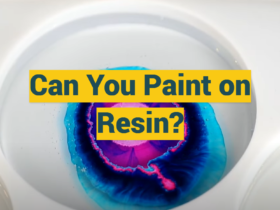

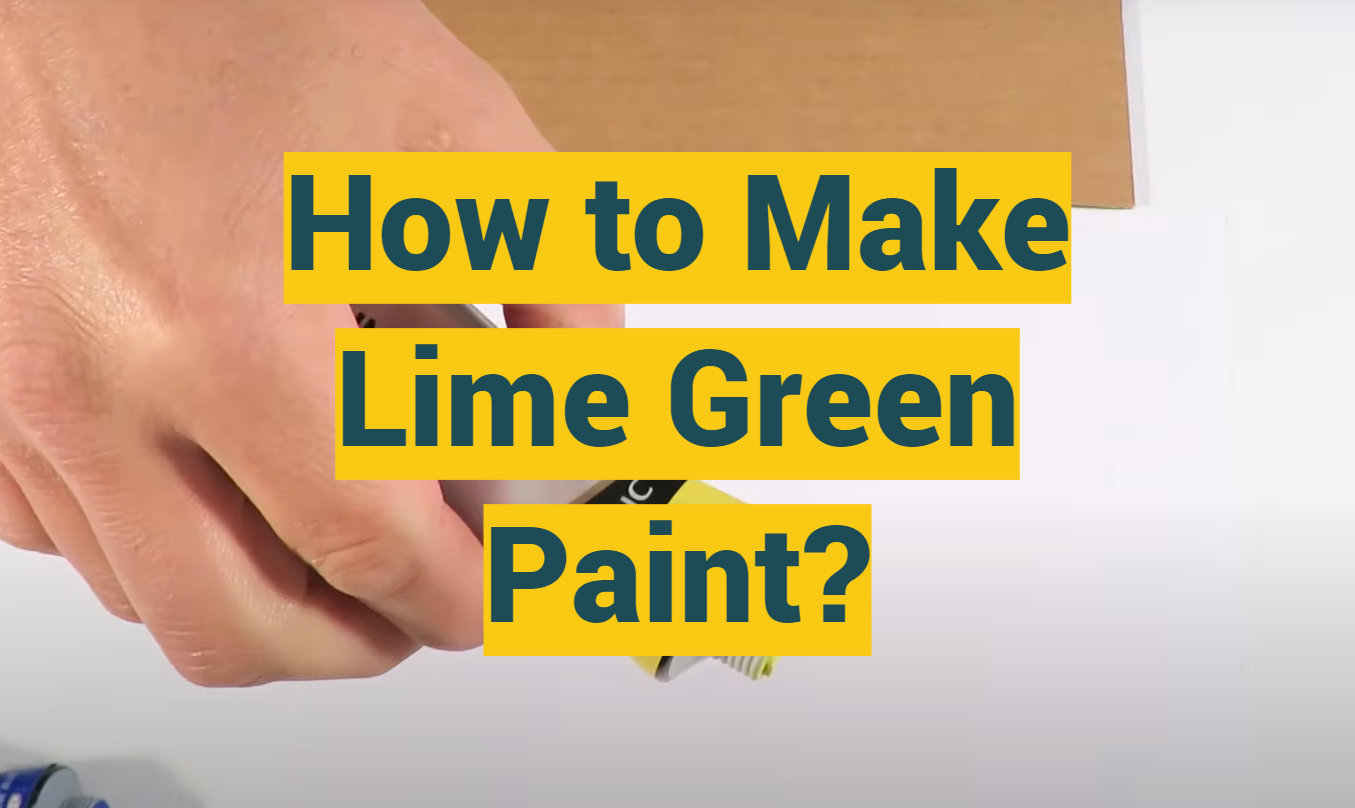




Leave a Review